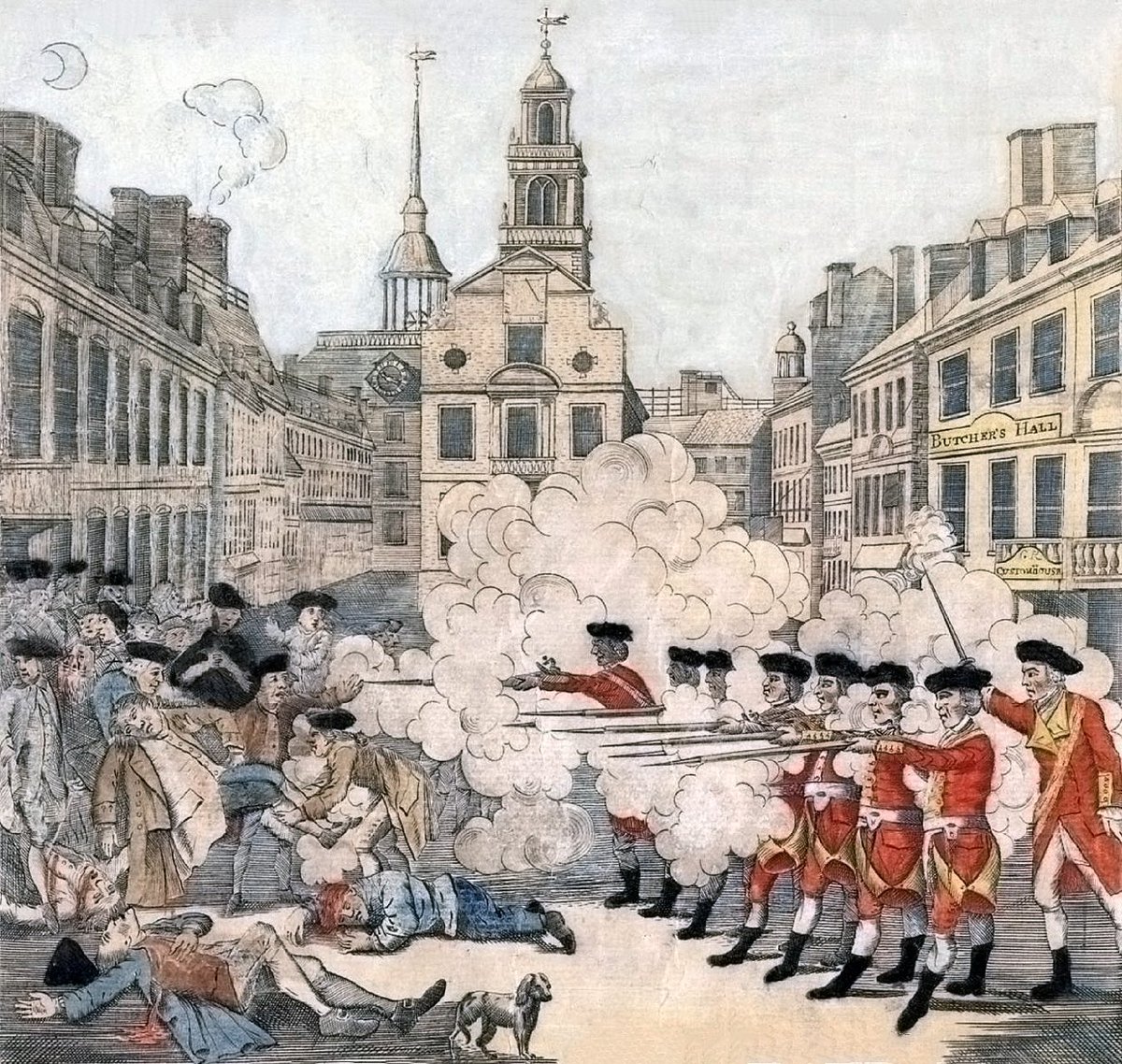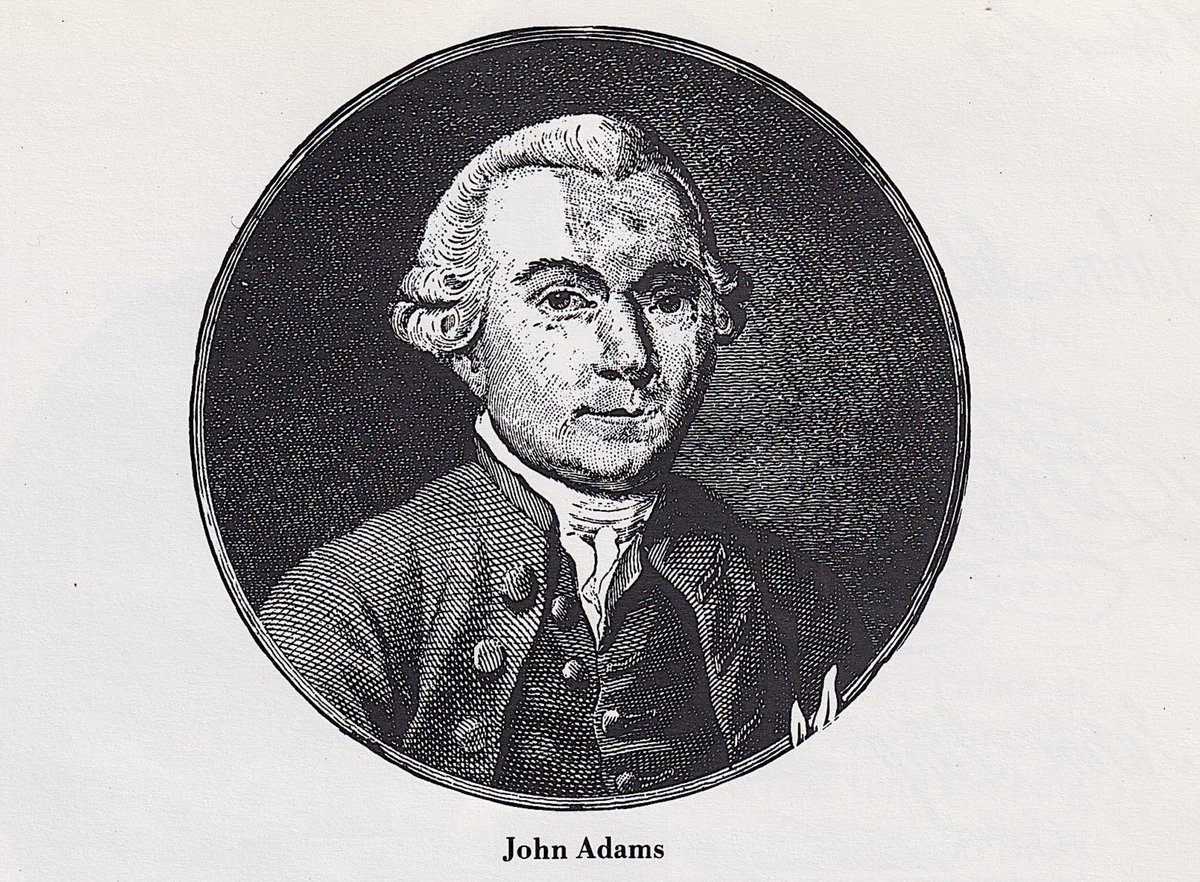On March 5, 1770, Crispus Attucks and four others were killed in the Boston Massacre.
On March 5, 1770, eleven American colonists were shot, five fatally, by a small group of British troops in Boston, in what came to be known as the Boston Massacre. After no one would represent the accused troops, John Adams agreed, believing all should have the right to a lawyer



Crispus Attucks

Crispus Attucks (1943) by Herschel Levit.
Born: Crispus Attucks; c. 1723; Framingham, Massachusetts Bay, British America
Died: March 5, 1770 (approximately aged 47); Boston, Massachusetts Bay, British America
Occupation(s): Whaler, sailor, stevedore
Known for: Death in the
Boston Massacre
Crispus Attucks (c. 1723 – March 5, 1770) was an American whaler, sailor, and stevedore of African and Native American descent, who is traditionally regarded as the first person killed in the Boston Massacre, and as a result the first American killed in the American Revolution.
While he is widely remembered as the first American casualty of the American Revolutionary War, 11-year-old Christopher Seider was shot a few weeks earlier by customs officer Ebenezer Richardson on February 22, 1770. Historians disagree on whether Attucks was a free man or an escaped slave, but most agree that he was of Wampanoag and African descent. Two major sources of eyewitness testimony about the Boston Massacre published in 1770 did not refer to him as black or as a Negro; it appears he was instead viewed by Bostonians as being of mixed ethnicity. According to a contemporaneous account in the
Pennsylvania Gazette, he was a "Mulattoe man, named Crispus Attucks, who was born in Framingham, but lately belonged to New Providence, and was here in order to go for North Carolina."
Attucks became an icon of the anti-slavery movement in the mid-19th century. Supporters of the abolition movement lauded him for playing a heroic role in the history of the United States.
{snip}



